Science is giving us a better understanding of how children’s brains develop. Recent use of MRI to look at the brain has brought new information about when children can learn to respect other’s boundaries and to let other people know their own boundaries. As parents, we want children to learn how to get along with others and have healthy relationships. We want them to be kind, share with others, and respect other’s personal space. In the past, science has thought that children needed to be about 10 years old to learn the concept of consent (telling others what kinds of touch we like or do not like and respecting other’s feelings about touch). But brain science has revealed that these concepts are best learned early, even as toddlers.
A big component in consent (communication about and respect for boundaries) is empathy. Empathy is being able to stand in another person’s shoes and care about their feelings. Empathy learning occurs in the same parts of the brain as learning to speak and read. This actually makes a lot of sense. Understanding what other people feel is done by reading facial expressions and body language. Also, communicating about emotions to let people know personal preferences and boundaries is similar to other kinds of communicating. We definitely would not want children to wait to learn to talk or to learn to read until they are 10-year-olds, because we understand that developmentally the younger child’s brain is ready and more able to learn these accomplishments.
So, now that we know that children’s brains are ready to understand consent in the pre-school and early elementary years, how can we teach this? Consent is a big word for asking for permission. We can teach children to ask for permission before touching other children and adults. We can teach children to listen to the response of other children and adults about hugs and other kinds of touch. We can help children know what facial expressions mean “no” and what body movements indicate “no”. We can share with children that when someone doesn’t want touch that is normal and okay.
We can also teach children to feel okay saying “yes” when they want touch and “no” when they don’t. We can help by encouraging adults to model asking children if they want touch, such as hugs, waiting for their answer, and respecting their wishes about touch. In this way children will see not to take it personally when someone says no to touch. Children can learn phrases like, “you are in my bubble” or “you are in my space”, which will help them communicate their personal boundaries to others.
Brain science indicates that these messages about consent can begin when a child is a toddler and be repeated throughout childhood. Research indicates that a child’s ability to empathize as a 4-year-old relates to how they treat others at age 20. This means that what very young children learn about consent will form their personalities into their adulthood and improve their relationships as a teenager and as an adult. Parents, as the first teacher of their child(ren), have a great opportunity to teach consent, which will improve their child’s relationships their entire life! It is easy to do and so very important!
Author: Marcie Hambrick, PhD, MSW, Director of Child Sexual Abuse Prevention
For additional training on supporting child development of healthy relationship patterns, please visit our Adult Training Calendar.
If you want information about teaching children about healthy relationships, please visit The Healthy Relationships Project page.
If you are a parent who wants to learn more on this topic, we offer: Protecting Children from Sexual Abuse: A Guide for Parents and Caregivers.
For support call the Parents' Helpline 1-800-CHILDREN (1-800-244-5373) OR 1-802-229-5724.
Or visit our website PCAV@PCAVT.org to find the COVID-19 Resource Guide; and the Vermont Parents Home Companion and Resource Directory.
You could also call 211 for information about a broad variety of resources.

